It is already hard enough to imagine that something as massive as the airplane could fly above the skies. But if you begin to think about the humungous rockets that make their way through the earth’s orbit and into the outer space, there come the flat earthers and the people who do not believe in the moon landing. Well, the truth is, the rockets do take off and get to the skies, but that requires at least a million pounds of thrust even to get to the low earth orbit.
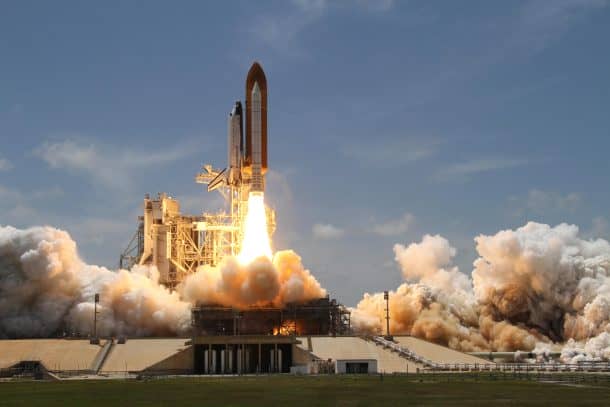
If you have ever seen a video of a rocket launch, you must have noticed a huge cloud billowing below the rocket, and that should be rocket exhaust, shouldn’t it? Well, it is not. That cloud is made of millions of liters of mist that is sprayed out of the launch pad.
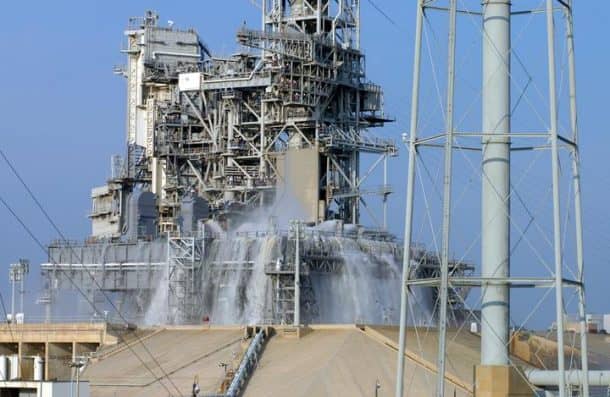
The amount of thrust that the rocket needs in order to propel to space generates a lot of heat and a whole lot of ear-splitting noise. The heat is not too much of a problem, but the sound energy produced by the engines produces powerful vibrations that can rip through the rocket causing it to explode. NASA has an incredible sound suppression system that saves the rockets from exploding by spraying millions of liters of water.
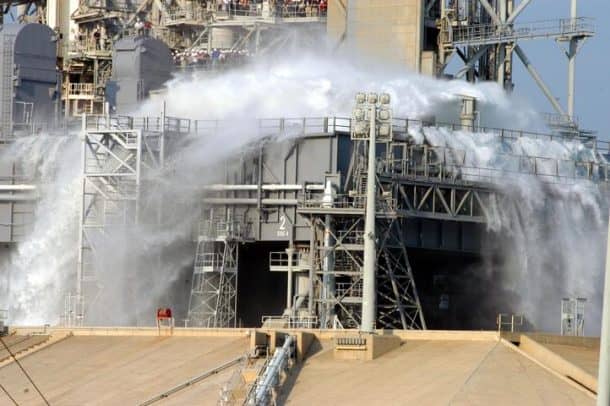
The thrust produced by a NASA rocket engine is thirty times as much as a 747 and even that is 520,000 pounds. The launchpad stands in the middle of massive trenches that contain the blast of the rocket, and the launch pad turns into a river when the pipes lining the pad eject 900,000 gallons of water a minute to hold the sound energy.
The enormous amount of water is supplied by the elevated water tank city adjacent to the launch pad with a capacity of 300,000 gallons, standing at a 290 feet (88 meters). Water is supplied to the launchpad via multiple pipes of 7-foot diameters.
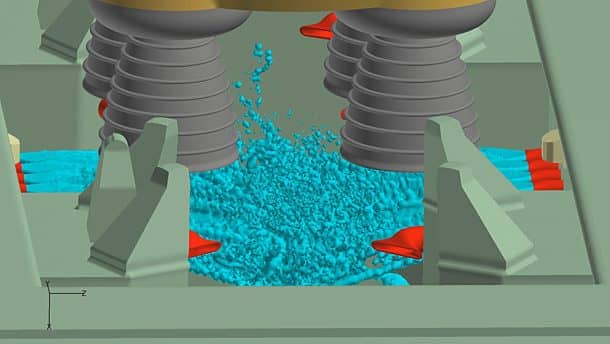
NASA’s sound suppression technology comes from stealth submarines that use bubbles to contain sound energy. When sound propagates through water and reaches an air bubble, it causes the bubble to compress turning sound energy to heat and thus, dampening the noise. Naval engineers use this idea on diesel engine submarines, producing air bubbles near the engines to suppress the noise. The bubbles absorb the noise coming from the engines while also absorbing the sonar waves being used for submarine detection. Space companies make use of the same technique and spray water into the surrounding air of the Mobile Launcher Platform to convert the destructive sound energy to heat.
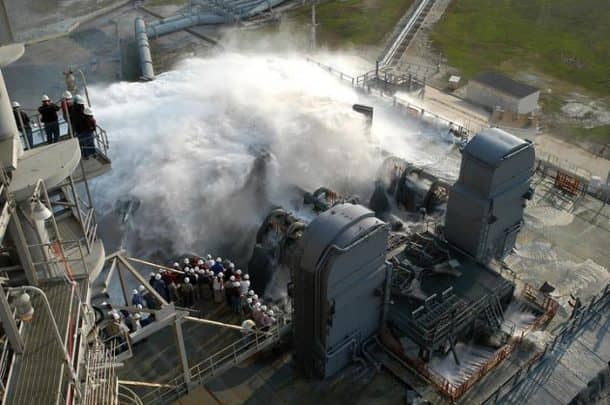
Seconds before the launch is due; nozzles spew out thousands of gallons of water that absorb the sound energy, reducing it nearly by half, thus protecting the massive rockets. The design requirements of the rocket ask for a noise level below 145 decibels, and the sound suppression water system can manage to about 142 decibels.


